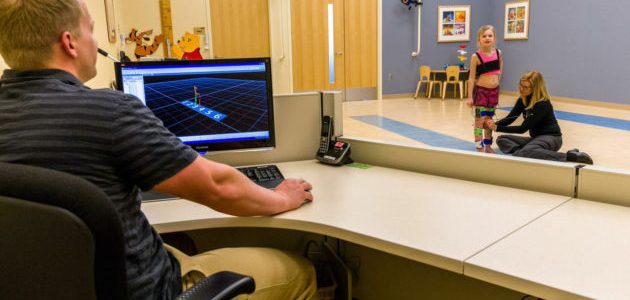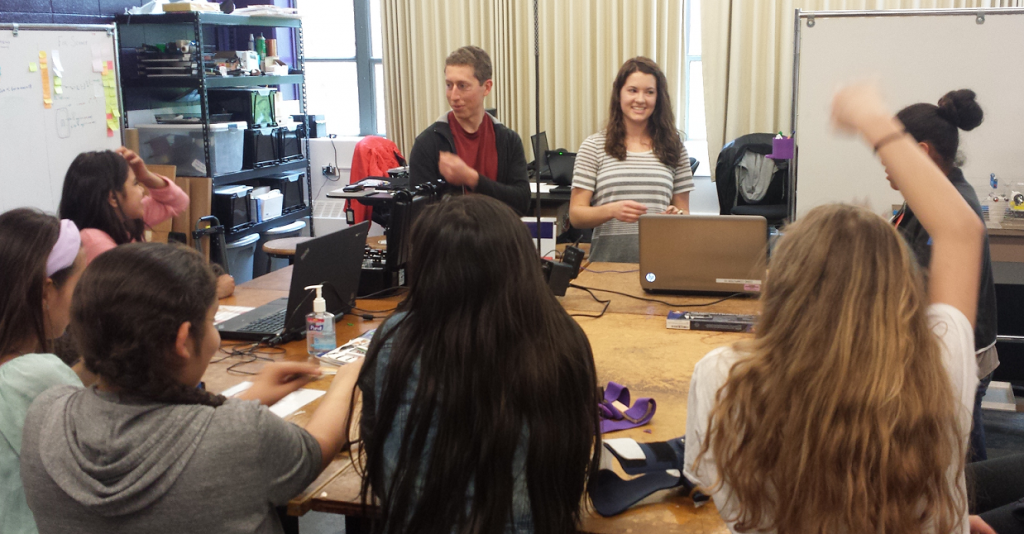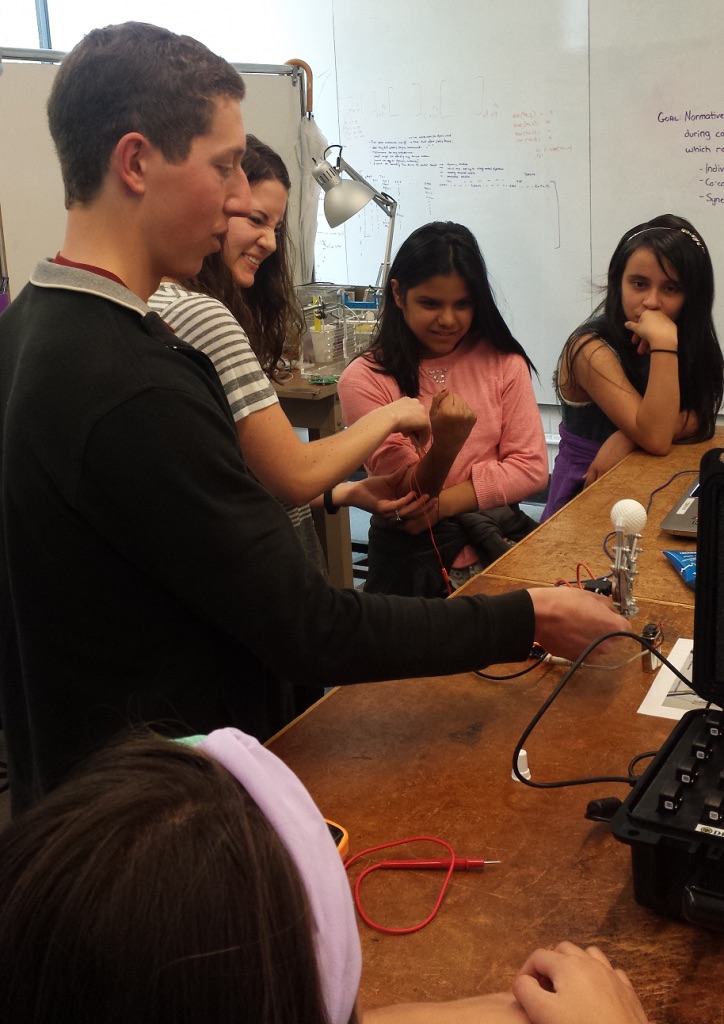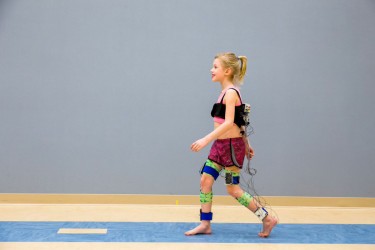Our undergraduate researchers presented in Mary Gates Hall today, presenting their research from 11am-1pm. Member of the community, faculty, and staff stopped by to hear about Bradley and CJ’s work developing an open-source proximal control orthosis, Sasha’s wrist-driven, wrist-hand orthosis, and Michael’s work on ankle foot orthoses as a rehabilitation tool. Great job, everyone!
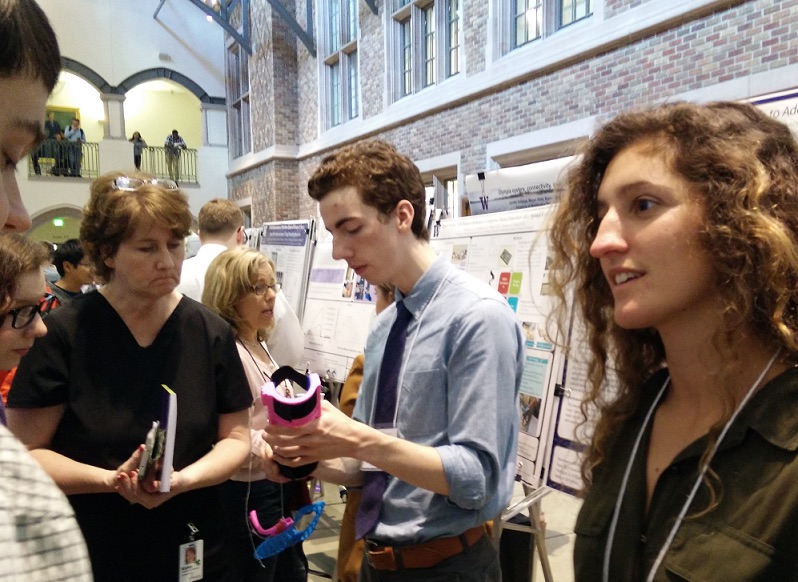
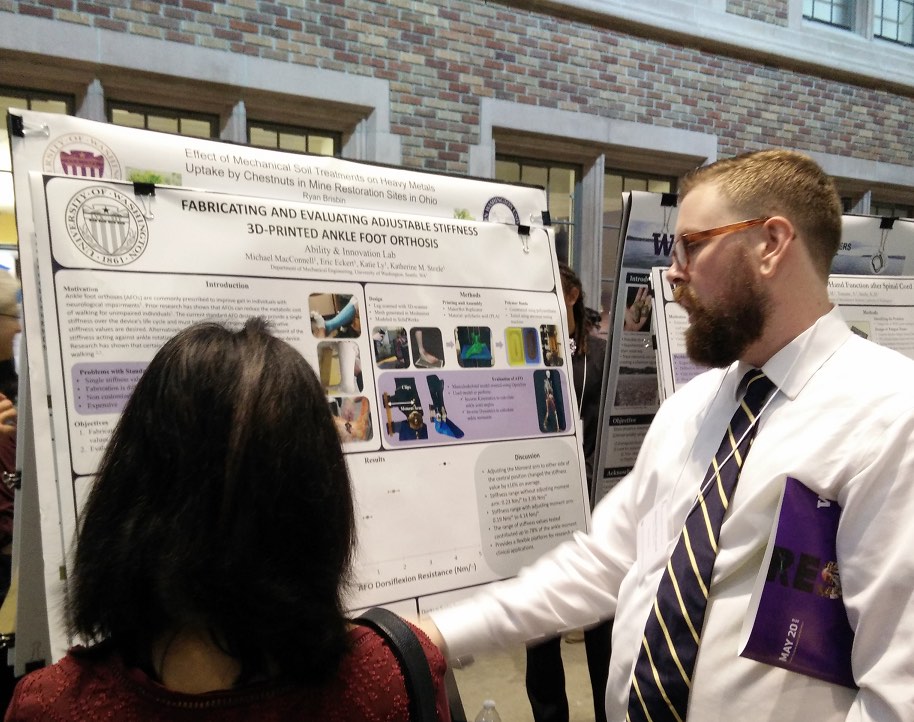
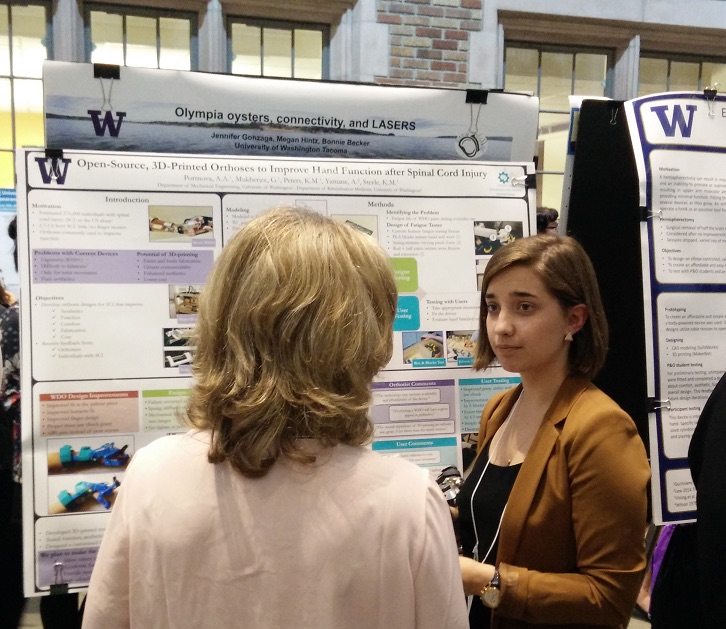



 Michael Rosenberg has been selected among a very competitive group of applicants to join the TL1 Multidisciplinary Predoctoral Clinical Research Summer Training Program for 2016. The training and program is funded by NIH.
Michael Rosenberg has been selected among a very competitive group of applicants to join the TL1 Multidisciplinary Predoctoral Clinical Research Summer Training Program for 2016. The training and program is funded by NIH.